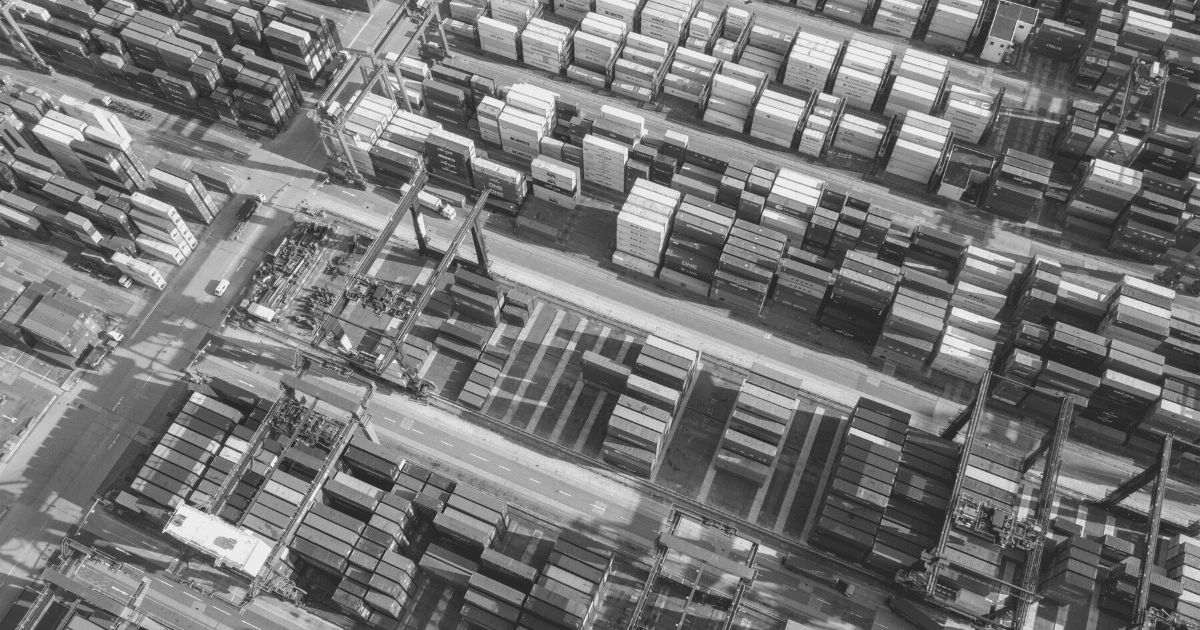Your logistics manager is alerted that there is an 80% chance that the components he’s waiting for will be delayed another 48 hours by excessive port traffic and your GTM software advises diverting the shipment to an alternate port facility.
In supply chain the ability to accurately forecast is crucial. And effective forecasting is only possible if you have access to good quality information. So being informed ahead of time that a critical shipment is likely to be delayed or a key component is likely to be unavailable for a set period of time can have huge financial implications for your business. This type of vital information being available ahead of time is now becoming routine among supply chain organisations that are embracing the Big Data revolution currently taking place in the industry.
BIG DATA VS SMALL DATA
The human brain can only process a limited amount of information before it becomes overwhelmed and unable to effectively recognise patterns and trends. Similarly, traditional data processing systems (small data) that have always been used in supply chain simply cannot process the volume of data necessary to generate useful insights.
Modern software platforms and the powerful algorithms that drive them are different. They can take in almost unlimited numbers of data points and process them to generate insights that would otherwise be impossible to identify. This data can be sourced from the actions of customers, suppliers, or your own staff as well as everything from the performance of network nodes to transaction and shipping records, retail channels, and even social media content.
“Big Data is certainly enabling better decisions and actions, and facilitating a move away from gut feel decision making.” Anthony Coops, Asia Pacific Data and Analytics Leader at KPMG Australia
BIG POSSIBILITIES
Internet of Things (IoT) and artificial intelligence based analytics can be used to predict asset maintenance requirements and avoid unscheduled downtime. IoT can also provide real-time production and shipping data while GPS-driven data combined with traffic and weather information allows for dynamically planned and optimised shipping and delivery routes. These types of examples provide a glimpse into the possibilities and advantages that Big Data can offer in increasing the agility and efficiency of supply chain operations.
Sensors can be used to provide a wealth of information targeted to specific niches within supply chain such as fresh produce distribution where temperature or humidity levels can be precisely tracked along the entire journey of a product.
Big Data solutions can also be used to support integrated business planning and to better understand market trends and consumer behaviours. The integration of product sales, social media trends, and demographic data from multiple data sources provides the capability to accurately predict and plan supply chain actions. This can help navigate the tricky path between overstocking or running out of products that are in high seasonal demand.
THE ROAD AHEAD
There are hurdles to overcome and challenges involved with transitioning to Big Data powered operations but supply chain companies that embrace the technologies will enjoy huge first mover advantages over the competition.
There is a lot of information to take in on this topic. I’ve also written another in-depth article on how Big Data will shape the entire supply chain industry in the coming years and how to use it in your business.
Transformational innovation and change comes with the need to bring new knowledge and skills into your business. To arrange a conversation about what these changes mean for hiring supply chain leaders please contact me at tony@bconsult.io.





